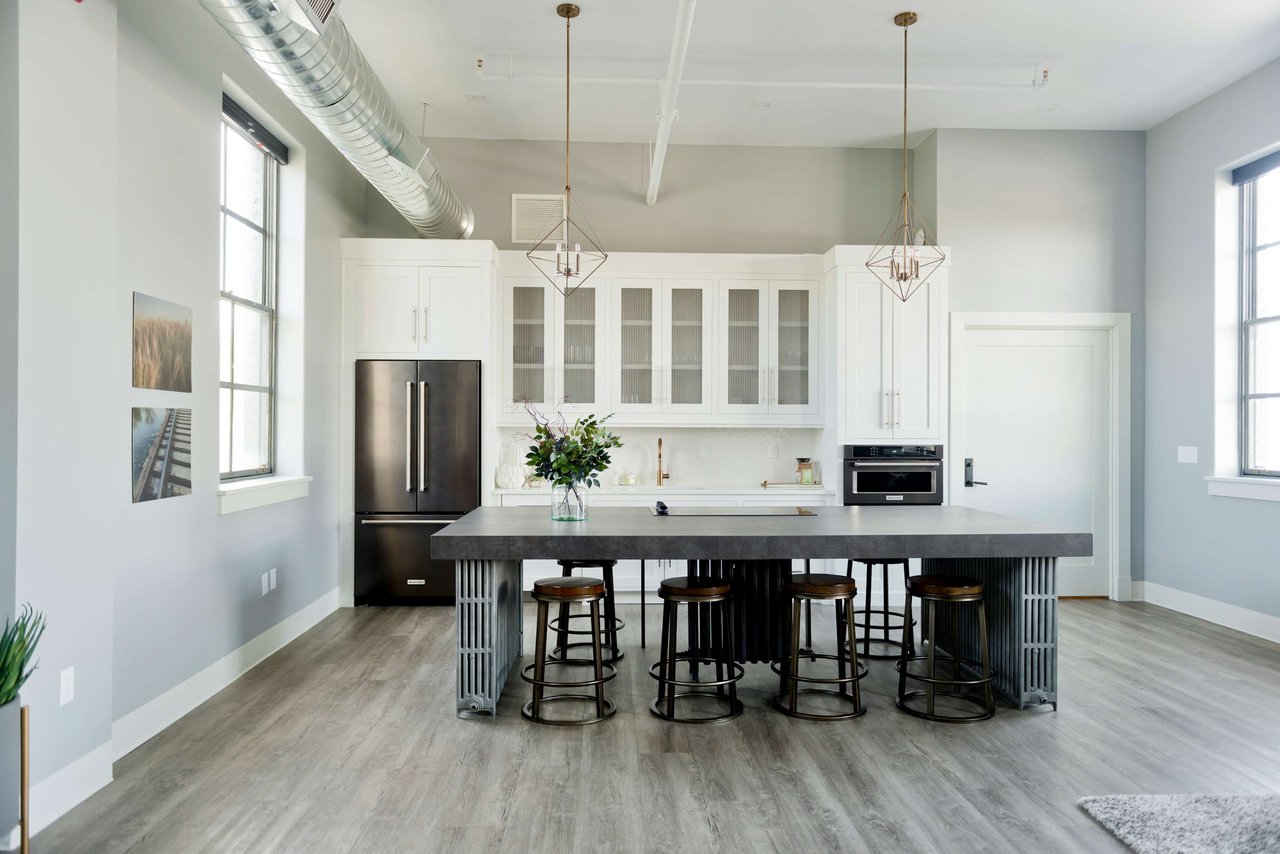
Finding the Perfect Balance in Home Staging

Home staging is a powerful tool in real estate, transforming spaces to help potential buyers envision their lives in a new home. However, there’s a fine line between staging that enhances a property and staging that overwhelms it. So, how do you strike the right balance?
At its core, staging is meant to showcase a home’s best features, creating a welcoming environment that appeals to a wide range of buyers. It’s not just about making the space look pretty; it’s about creating a canvas where buyers can imagine their lives unfolding. Successful staging can lead to faster sales and potentially higher offers by making the home memorable and desirable.
While it’s tempting to go all out with staging, it’s important to remember that less can often be more. Overstaging can make a space feel artificial or too tailored, which might turn off buyers who struggle to see past the decor.
For instance, filling a room with oversized furniture or using an abundance of decorative items can make spaces feel cluttered and smaller than they are. Similarly, using bold colors or overly trendy decor might appeal to a niche audience but could alienate others.
Neutral Color Schemes: Opt for neutral tones like whites, beiges, and grays. These colors create a clean backdrop that allows buyers to project their own style onto the space. They also tend to make rooms feel larger and more open.
Minimalist Approach: When it comes to staging, less is often more. Focus on a few key pieces of furniture and decor that highlight the room’s function without overwhelming it. For example, a simple dining table with a tasteful centerpiece can be more effective than a fully set table with elaborate decorations.
Highlight the Home’s Features: Use staging to draw attention to the home’s best attributes, whether it’s a cozy fireplace, expansive windows, or beautiful hardwood floors. The staging should complement these features, not compete with them.
Proportion Matters: Ensure the furniture and decor are appropriately sized for the space. Oversized furniture in a small room can make it feel cramped, while undersized pieces in a large room can make the space feel cold and empty.
Realistic and Livable: The goal of staging is to make the home feel livable. Avoid setups that are impractical or overly styled. Instead, aim for a look that’s both aspirational and achievable, allowing buyers to see themselves living comfortably in the space.
Tailoring your staging to the target market is essential. A luxury property might benefit from more sophisticated and elaborate staging, while a starter home may require a simpler, more approachable design. Knowing who your potential buyers are will help you stage the home in a way that speaks directly to their needs and preferences.
Home staging is all about creating a warm, inviting space that resonates with buyers. By avoiding the pitfalls of overstaging and focusing on a balanced approach, you can ensure that the home’s best features shine through. The right staging will enhance the property, making it more attractive to a broad audience and increasing the likelihood of a quick and successful sale.
Stay up to date on the latest real estate trends.

The days right after the holidays feel different — and not in a loud, goal-setting way.

Every year, I notice the same thing once the holidays arrive — we don’t use our homes the way we think we do.


You’ve probably heard the old real estate wisdom: “Spring and summer are the best times to sell.” But as the housing market shifts, that idea doesn’t always hold up — … Read more

It’s that tricky part of the year—December is here, but the full holiday chaos hasn’t landed yet. That makes it the perfect moment to take a deep breath and get your h… Read more


Most people assume the holidays are the “slow season” for real estate—but if you’re thinking about selling, this time of year can actually work in your favor.

If you’ve been wondering whether the real estate market is starting to stabilize again, recent data from the Mortgage Bankers Association (MBA) and Realtor.com point t… Read more

It’s that in-between time of year — the leaves are falling, the evenings come a little earlier, and cozy sweaters are finally back in rotation.
Born and raised in the peach state, I take pride in what I do and genuinely enjoy helping my clients. Let me be your go-to gal in real estate and help you personally through the process!